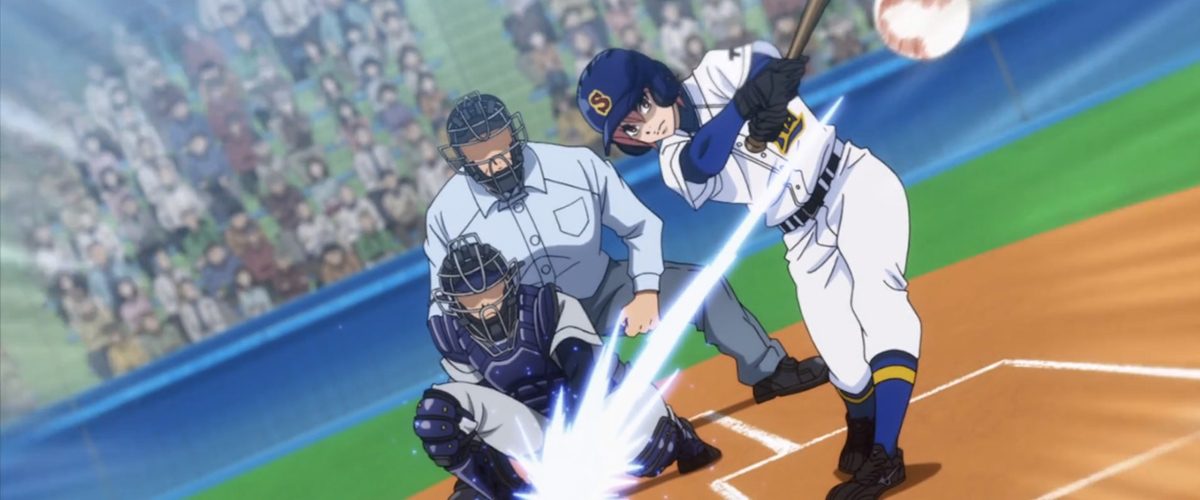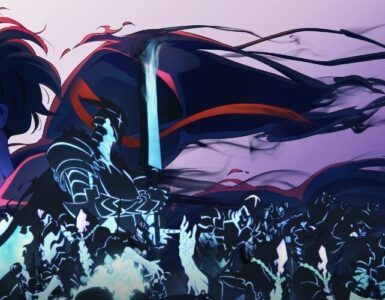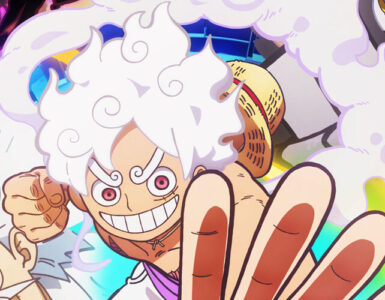Sports-themed anime series grew in popularity from the 80s to the 90s, thanks to the likes of Captain Tsubasa (soccer), Slam Dunk (basketball) and Hajime no Ippo (boxing), but not all anime lovers would enjoy this particular genre as one might prefer to play the casual sport than use the time to watch a fictional animation.
But if you’re a sports fan and are bored of the usual anime genre this season, you may want to check out Diamond no Ace (translated as Ace of Diamond).
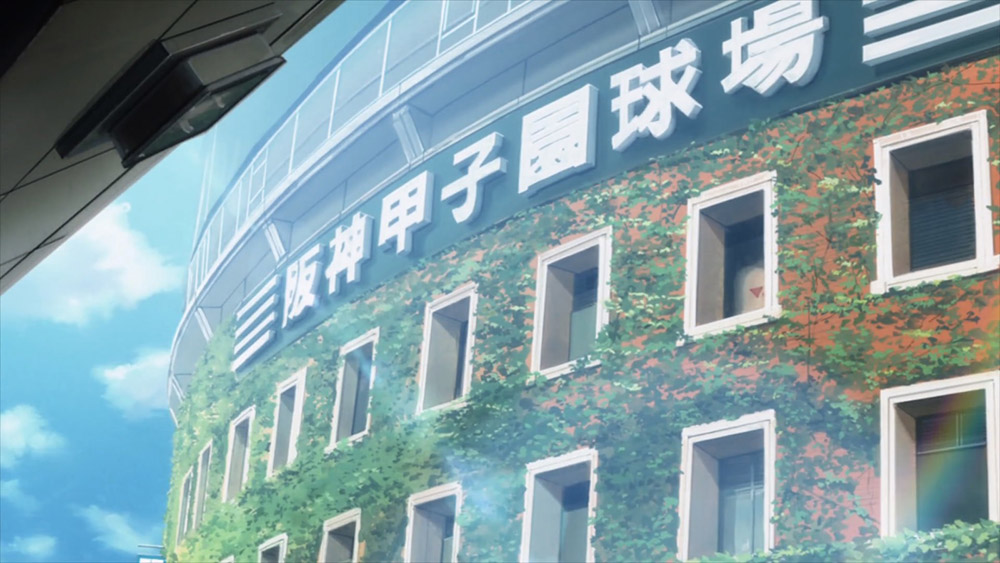
Uh no, the title has nothing to do with the card in a poker deck or anything related to gambling, if that’s what you’re thinking; Diamond no Ace is a baseball manga by Yuji Terajima that was published in 2006. For those who are not familiar with the sport, the baseball field consists of the infield that is shaped like a diamond with the home plate and three bases on each corner, and an outfield. The fielding or defense team which includes the starting pitcher (usually assigned the number “1” jersey and referred to as the “ace”) would try to prevent the opposing team’s batters from becoming runners looking to advance the bases and score a run. Each team takes turns batting and fielding and the team that scores the most runs by the end of the game wins.
Diamond no Ace follows Eijun Sawamura, a southpaw baseball pitcher with an unusual pitching style. Sawamura was scouted during middle school and was invited to join the baseball team of Seidou High School in West Tokyo on a scholarship. Led by coach Tesshin Kataoka, who was an alumnus of the school, Sawamura has to cope with his hot-headedness and loudmouth attitude and work with the other team players as Seidou prepares to compete in various high school regional tournaments. The winner of the tournament gets an invitation to the Nationals (also known as Koshien) and a chance to win the National title. The Nationals is the country’s prestigious tournament that is held at the Koshien Stadium in Nishinomiya and is televised nationwide. Seidou High School has not been to Koshien for the past seven years since Sawamura joined as a first-year student.
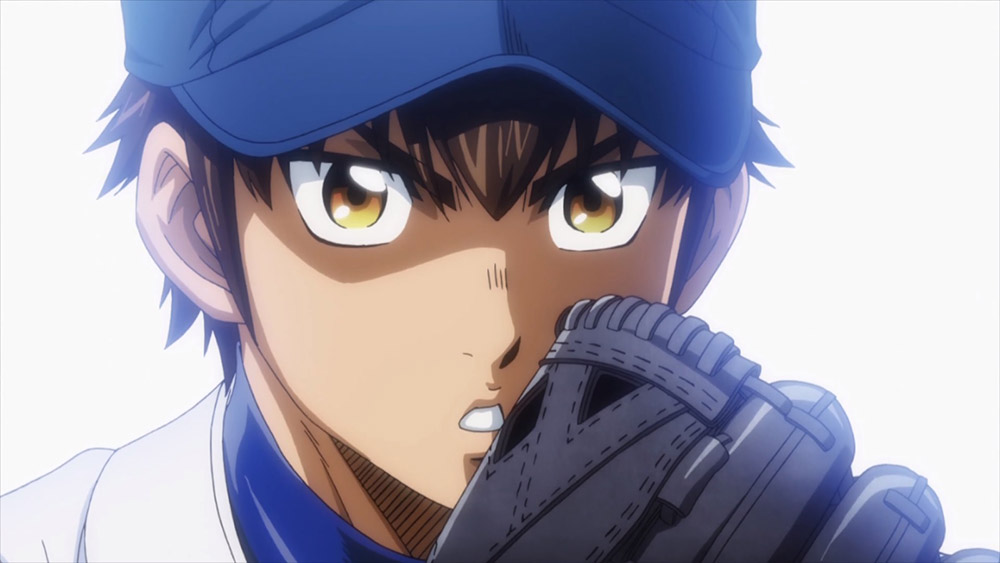
Act II begins with a brief flashback of Seidou beating rival Yakushi High School in the Tokyo Metropolitan Fall Tournament finals and got invited to the Spring Koshien. Next, Seidou is playing against Homei High School in the first round of Spring Koshien at the 47,808 seating capacity Koshien Stadium. Satoru Furuya, who is also a second year student like Sawamura, is currently the ace of team Seidou while Sawamura is one of the two relief pitchers. The ace has garnered a lot of media attention from his fastball pitches, with his fastest hitting a blazing 154 km/hr. Sawamura is jealous of his team mate and hopes to have the opportunity to play in more games and even take over the ace position someday.
Unfortunately, Seidou’s winning streak was ended by former Nationals champion Komadai Fujimaki High School from southern Hokkaido in the quarter-finals of the Spring Koshien. Despite the loss, everyone in team Seidou is determined to win in future tournaments and get to the Nationals once more. With the addition of new first years including Masashi Yuki (younger brother of Tetsu Yuki, who was former captain of team Seidou), Kaoru Yui, Takuma Seto and Koshu Okumura, how would coach Kataoka form the best lineup for the team to compete in the regional tournaments and win their way to Koshien? Will Sawamura ever be the ace of the team?
While the anime revolves around the bat-and-ball sport, it is the various players including Sawamura that makes the entire premise interesting. The author did a great job in the development of characters and the actions on the baseball field which gave more depth to the story. The character development is not only focussing on Sawamura and Furuya, but also other players in team Seidou as well as some key characters from the rival schools. You get a deeper understanding of the characters, their struggles, their growth, the way they handle their emotions on and off the field, and also enjoy some comedy from their actions and conversation.
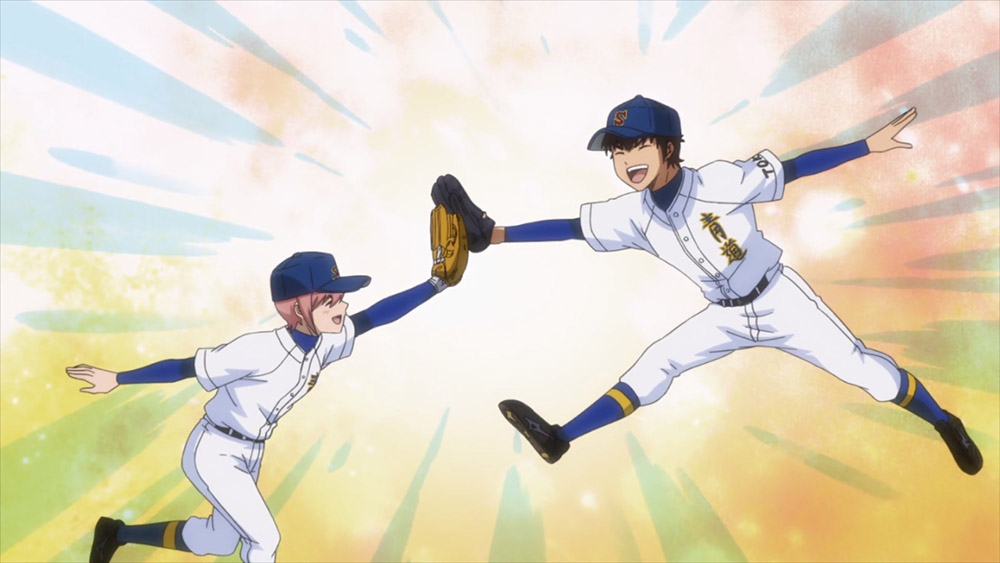
Diamond no Ace anime was first aired in 2013 with the first season (Act I) comprising of 75 episodes, while the 51-episode second season commenced in 2015. Act II was out in April this year and at the time of this review, it is still ongoing. You can choose to watch Act II even if you haven’t seen the previous ones, though it is highly recommended to start from the beginning to get a wholesome experience.
Unlike some sports animes that feature characters with out-of-this-world special skills and powers, Diamond no Ace takes the more realistic path. Whether it is a slider ball, curve ball, screw ball or changeup, these are actual pitches that are thrown in the real life sport. But in the anime, the addition of simple visual effects and the use of fast and slow motion makes the action looked slightly exaggerated, but effective dramatic result. The complementary colour palettes paint the entire animation with life and energy, but it is also kudos to the original soundtrack that brings out the various emotions like how it hypes the audience when the characters prepare for the big game, or makes you feel a tad of pity for the characters when they lose. The opening theme songs for Diamond no Ace (since the first season) has been performed by Glay, a popular Japanese rock band. And it is of no surprise that the band’s song “Hajimari no Uta” is also Act II’s opening theme; “Hajimari no Uta” also translates to opening song.
Overall, Diamond no Ace is a long-running and exciting anime that keeps you wanting for more. It is overly underrated and overshadowed by the newer, popular animes out there, like a diamond in the rough. But with the achievement of two manga awards in the mid-2000s, it has all the proof to be the ace in sports anime of this decade.
GEEK REVIEW SCORE
Summary
Diamond no Ace is one exciting sports anime that you don’t need to know a lot about baseball or be a sports fan to enjoy.
Overall
8.8/10-
Story - 8/10
8/10
-
Art Direction - 9/10
9/10
-
Music - 9/10
9/10
-
Geek Satisfaction - 9/10
9/10

